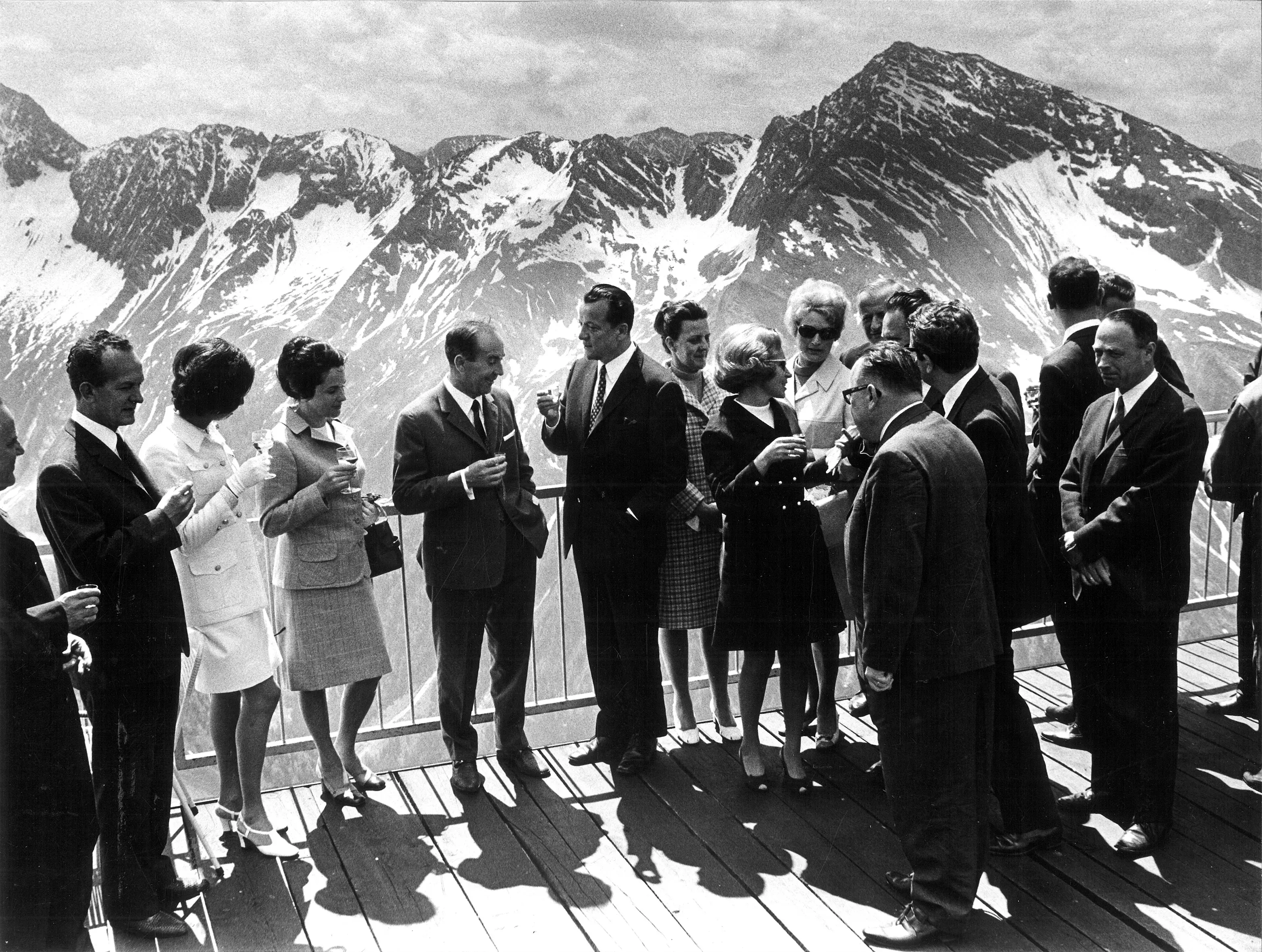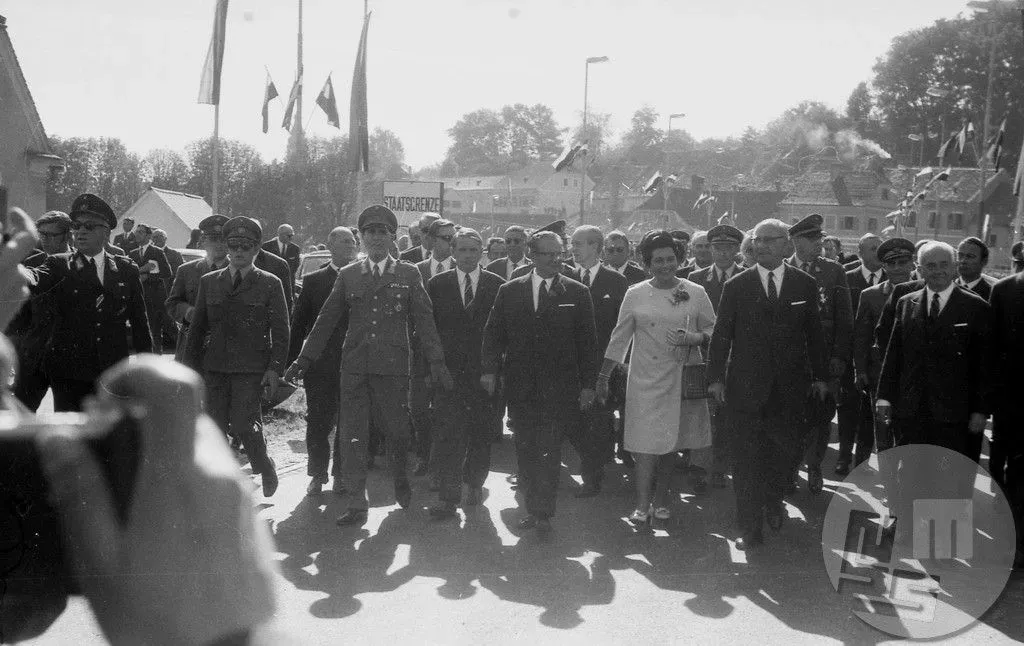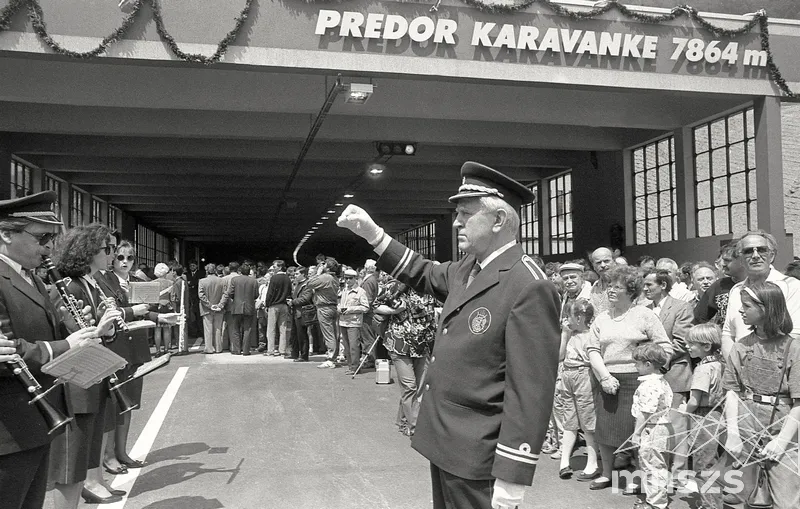
People
Slovenian Prime Minister Stane Kavčič and Carinthian Governor Hans Sima (centre) near Ankogel in Carinthia in 1969.
uring the 1960s, amid the Cold War, a unique interregional cooperation developed between the then Yugoslav republic of Slovenia and the Austrian states of Carinthia and Styria. This was made possible by the efforts of regional dignitaries and other stakeholders who recognised that a Europe beyond ideological and political divisions could be achieved more efficiently through a regional framework. It was a remarkable accomplishment for regions that operated within different political and economic systems and shared a deeply conflicted past.
Personal contacts and trust proved crucial in building interregional cooperation. Slovenian Prime Minister Stane Kavčič and Carinthian Regional Governor Hans Sima developed fruitful bilateral relations in the late 1960s and early 1970s. They also addressed sensitive topics, including the situation of the Slovenian minority in Carinthia. By strengthening regional cooperation, they not only helped border regions progress economically, but also sought to overcome a troubled past and promote reconciliation on a national level.

Slovenian Prime Minister Stane Kavčič and Carinthian Governor Hans Sima (centre) near Ankogel in Carinthia in 1969.
Friendly relations between Austria and Yugoslavia were prominently displayed at the opening of the Bridge of Friendship over the Mura River between Gornja Radgona and Bad Radkersburg on October 12, 1969. The opening was attended by the Presidents of the two neighbouring countries, Josip Broz Tito and Franz Jonas, as well as Slovenian Prime Minister Stane Kavčič and Styrian Governor Josef Krainer.

Stable neighbourly relations resulted in the joint construction of an eight kilometre-long tunnel through the Karavanke Mountains, linking Austria and Slovenia. The tunnel was officially opened for traffic on June 1, 1991, just before Slovenian independence.



